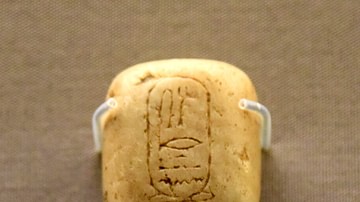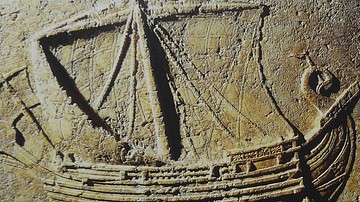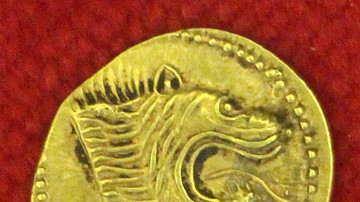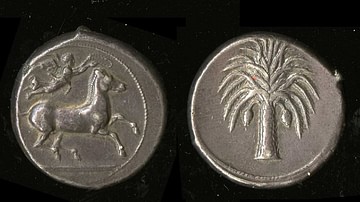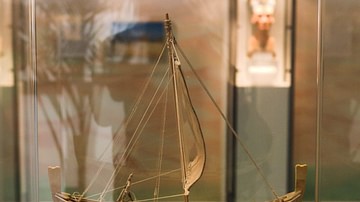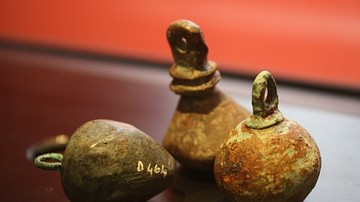Trade has been going on for as long as humans have needed or wanted something that others had and they did not. Bartering for goods and trade in kind developed into more sophisticated forms of exchanges using commonly agreed commodity currencies such as bronze or copper ingots or even cowry shells. These were often only good for largescale trade deals though, and for smaller transactions, something else was needed: coinage. Coins were often introduced in ancient cultures as a convenient way to pay soldiers, but the idea quickly spread to civilian life.
Early trade largely focused on luxury goods like precious metals, spices, and fine textiles, but eventually, as transportation by ship became faster, more reliable, and cheaper, even mundane items like olives and fish paste were exported across great distances. With the increased contact between cultures caused by trade, so too ideas and cultural practices spread, particularly in the areas of language, religion, and art. International trade led to the establishment of trade emporiums which in turn often developed into colonies. As the competition for resources and access to lucrative trade routes intensified, wars often then resulted when rulers looked to seize the riches of rival states and empires.
In this collection of resources, we look at trade across the ancient Mediterranean from Egypt to the Etruscans, find out what was transported along the Silk Road besides silk, and examine one of the great archaeological finds and indicators of international trade in the Bronze Age, the Uluburun shipwreck.
The discovery of amphorae whose origin can be identified and their quantities are helpful in determining the extent of trade in the ancient world. The Monte Testaccio in Rome is an artificial mound of pottery shards coming from some 53 million discarded amphorae; impressive testimony to the fact that the amphora was one of the most common and useful objects in antiquity.
